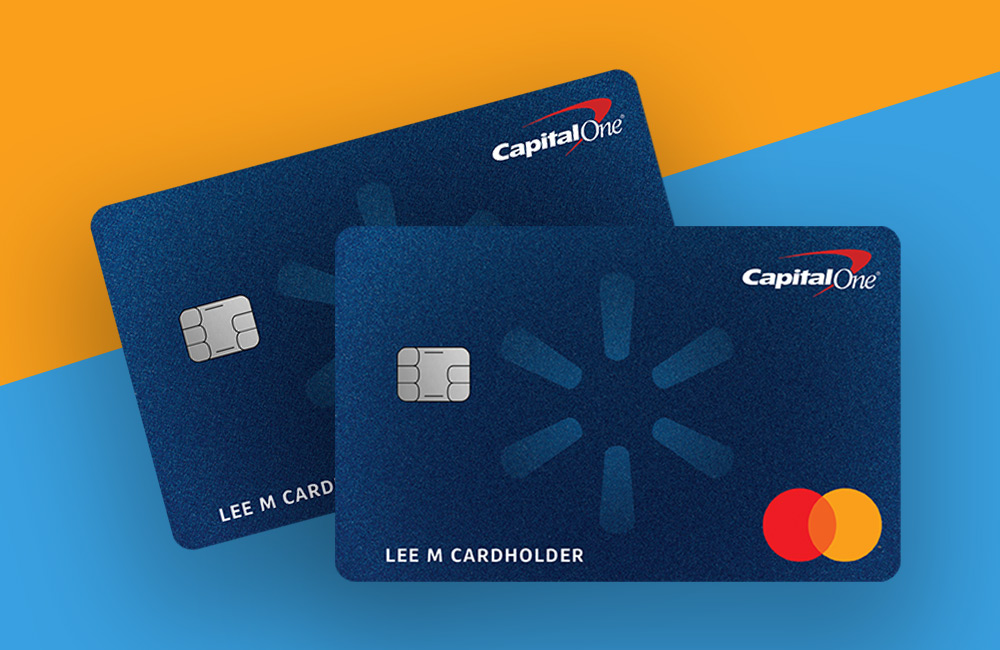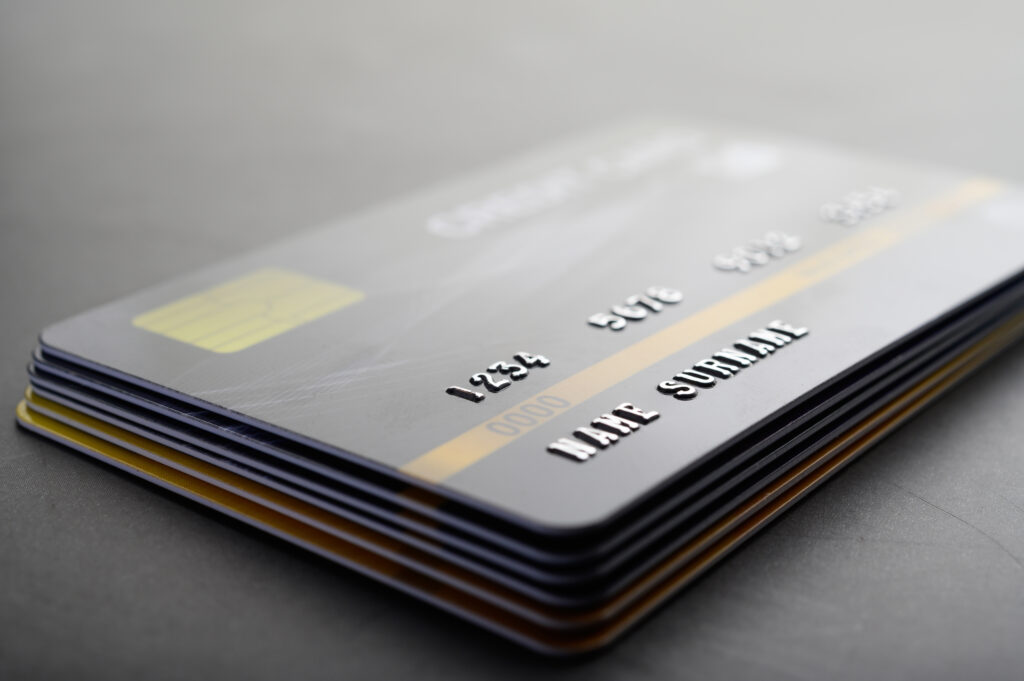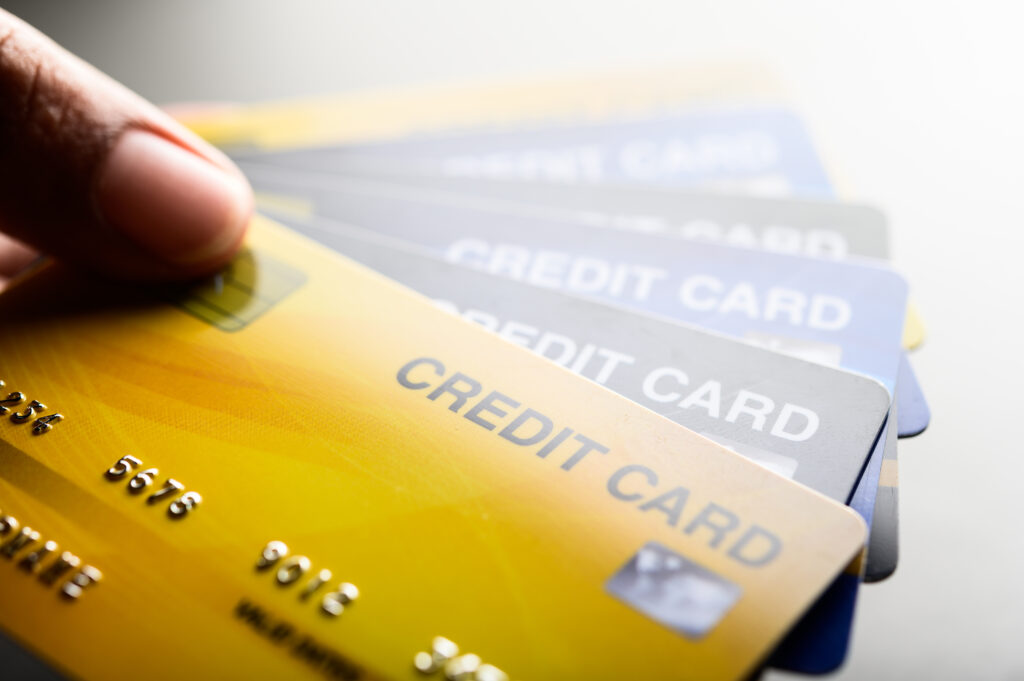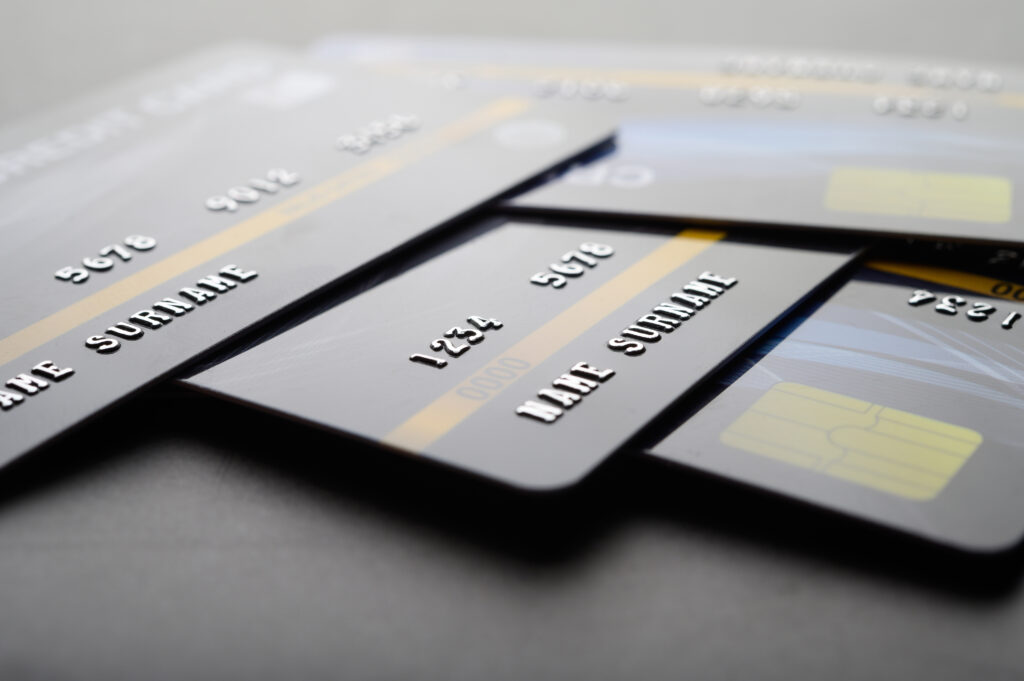
A secured credit card, in its simplest terms, is a type of credit card that requires a cash deposit from the user, which then serves as collateral. This way, if a user can’t pay back their credit card. The deposit will be used as a safety net to make a payment. This makes these cards a more accessible option for those with limited or problematic credit histories.
Distinguishing Features of Secured Cards
Secured credit cards have specific characteristics that set them apart from standard, unsecured cards:
The Role of Security Deposits
One of the most defining features of a secured credit card is the requirement of a security deposit. This deposit acts as a safety net for the card issuer, ensuring they have a way to recoup their money should the cardholder default on payments.
Credit Limits Determined by Deposit
Unlike traditional cards where credit limits are set based on one’s creditworthiness, the limit on secured cards is typically tied to the security deposit’s size.
For instance, if a user deposits $500, the credit limit will often be set at $500 or slightly less. This system reinforces responsible spending habits, as cardholders can’t spend more than they’ve deposited.
Benefits of Using a Secured Credit Card
Secured credit cards come with a unique set of advantages tailored mainly for individuals navigating their credit journey:
- Building or Rebuilding Credit History: For those with no credit history or a tarnished one, a secured card provides an opportunity to establish or mend it. Responsible usage and timely payments get reported to credit bureaus, positively affecting one’s credit score over time.
- Potential Pathway to an Unsecured Credit Card: Many card issuers review secured cardholders’ accounts periodically. Demonstrating responsible usage and timely payments can pave the way for an upgrade to an unsecured credit card, often with better terms and higher limits.
- Controlled Spending Based on Deposit Limits: Since the spending limit is primarily based on the security deposit, it inherently restricts excessive spending. This setup can help foster good financial habits, especially for those new to credit cards or those wanting to maintain a strict budget.
Key Considerations Before Getting a Secured Card
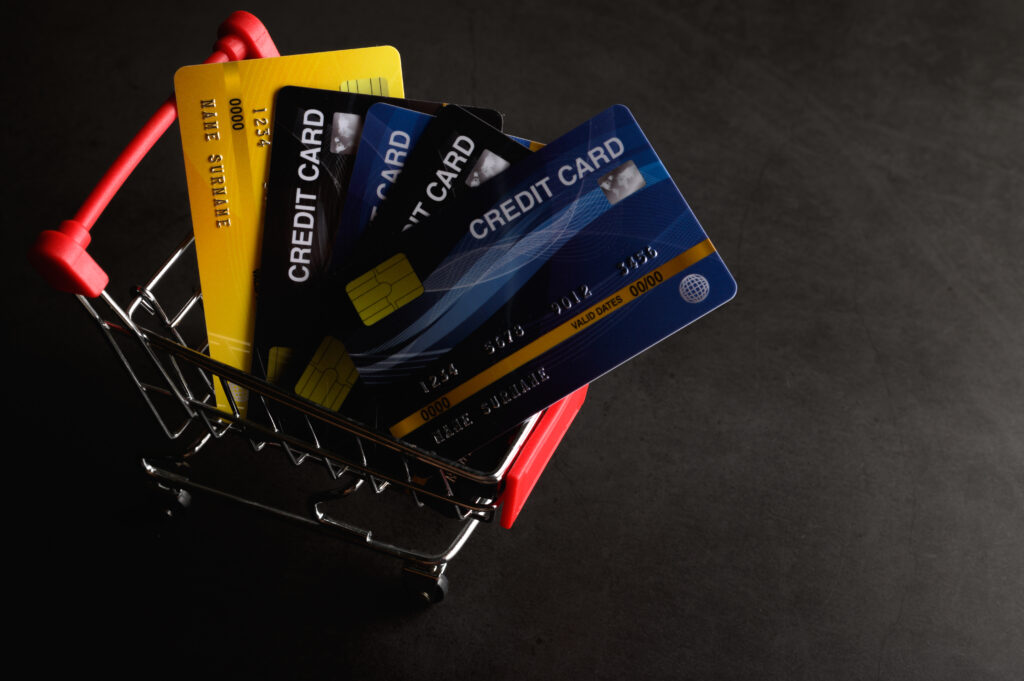
Before applying for a secured credit card, it’s important to make an informed decision while also considering a few key things:
Assessing Individual Financial Needs
While secured cards can be a stepping stone in building credit, they’re not for everyone. It’s crucial to evaluate whether you’re in a position to set aside a security deposit, and if the primary aim is credit-building or controlled spending.
Researching Fees and Potential Interest Rates
Secured cards can sometimes come with higher fees and interest rates than standard cards. Before committing, compare several card offerings. Pay attention to annual fees, application fees, and the interest rates after any introductory periods.
Understanding the Terms of Transitioning to an Unsecured Card
Not all secured cards offer a clear path to upgrading to an unsecured version. Before applying, find out if the issuer reviews accounts for upgrades and what the criteria might be. Also, check if the initial security deposit is refundable upon transitioning or closing the account.
How to Use a Secured Card Responsibly
If a secured credit card is the right choice for you. Here’s how you can use it to its fullest potential while also maintaining financial responsibility:
- Monitoring Utilization Ratio: One of the critical factors in credit scoring is your credit utilization ratio, which is the amount of your credit card balance compared to your credit limit. Aim to keep this ratio below 30%. For example, if your secured card has a $500 limit, try not to carry a balance higher than $150.
- Ensuring On-Time Payments: The primary purpose of a secured card is often to build or rebuild credit. Late payments can negatively impact your credit score, so always make sure to pay at least the minimum amount due on time. Setting up automatic payments or reminders can be helpful.
- Avoiding Maxing Out the Card: Just because you have a specific limit doesn’t mean you should use all of it. Consistently maxing out your card can indicate to lenders that you might be a high-risk borrower. Instead, use the card for small purchases that you can pay off in full each month. This strategy shows lenders that you can handle credit responsibly.
Conclusion
Secured credit cards can play a pivotal role, especially for those looking to establish or rebuild their credit foundation. Unlike their unsecured counterparts, they offer a safety net, ensuring users don’t spend beyond their means while providing a structured path towards better financial habits.
Over time, with responsible use, many find themselves graduating to unsecured cards, reaping greater rewards, and enjoying broader financial flexibility.

